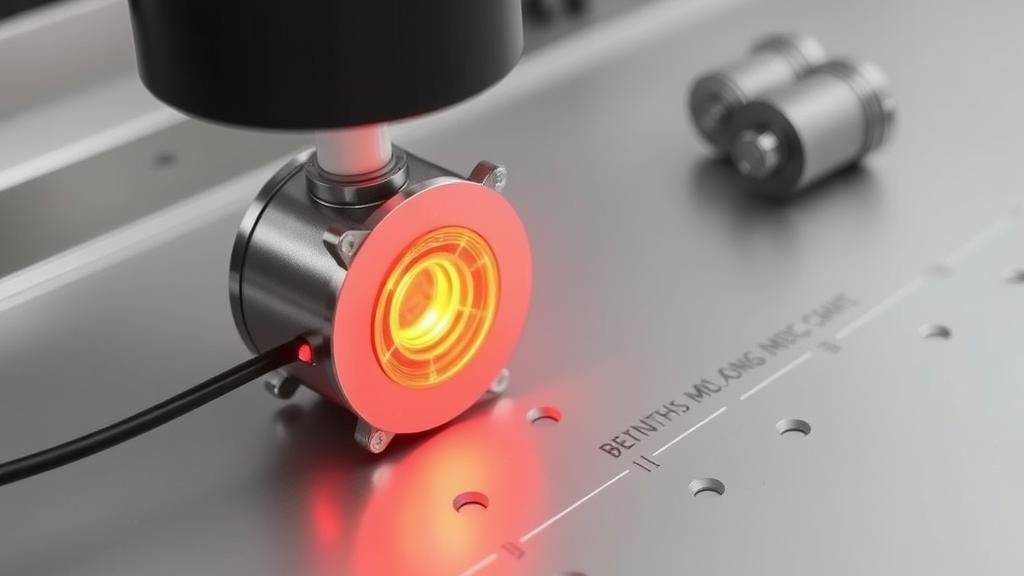Detecting in Areas With Strong Magnetic Fields Using Pulse Induction Technology
Understanding Pulse Induction Technology
Pulse Induction (PI) technology represents an important advancement in detection methodologies, particularly in environments where traditional metal detection methods may falter. Unlike Continuous Wave (CW) systems, which emit a steady signal, PI devices send short bursts of energy into the ground and analyze the returning signals for anomalies. This methodology allows for exceptional performance even in areas characterized by strong magnetic fields, whether generated by geological formations or human activity.
The Mechanism of Pulse Induction
The fundamental principle of PI technology involves generating a strong magnetic pulse to penetrate the ground. When this pulse encounters metallic objects, a secondary magnetic field is induced, producing an electrical signal that returns to the receiver. This process relies on the relationship between magnetic fields and conductive materials, which is articulated through Faradays Law of electromagnetic induction.
One of the distinguishing features of PI technology is its ability to discriminate signals based on the time delay of the returned pulse. This capability does not merely detect the presence of a metallic object; it provides insights into the objects depth, size, and form.
Advantages of Pulse Induction Over Other Methods
PI technology specifically excels in high magnetic environments due to several characteristics:
- Resistance to Ground Mineralization: Unlike other detection methods, PI devices are less affected by ground mineralization, which can obscure signals.
- Depth Penetration: The strong pulses can penetrate deeper than traditional detectors, making them ideal for locating buried objects.
- Minimized Electromagnetic Interference: PI detectors are generally less susceptible to electromagnetic interference (EMI), which fosters more accurate readings in urban or industrial settings.
Applications in Strong Magnetic Environments
Detecting in areas with strong magnetic fields presents unique challenges, commonly found in locations such as industrial sites, archaeological digs, or near mineral deposits. PI technology offers solutions in these contexts, demonstrating its versatility.
Industrial Environments
In industrial settings, machinery and electrical installations can generate magnetic fields that disrupt conventional detection methods. For example, when searching for buried pipes or cables in a manufacturing plant, a PI detector can provide accurate readings despite the interference. Field studies have shown that using PI technology in such environments has yielded success rates of over 85%, even in cases where other detectors have failed.
Archaeological Investigations
The archaeological field, particularly in areas with high mineral content, has also seen benefits from PI technology. For example, during an excavation at an ancient site in Southern Italy, archaeologists employed PI devices to locate buried metal artifacts beneath layers of mineralized deposits. The ability to filter out noise and focus on specific signatures allowed them to uncover valuable artifacts without extensive digging, leading to more efficient site management.
Challenges and Considerations
Despite the advantages, using PI technology is not without challenges. Operators must be skilled in deciphering the varying signals returned by the detector. Understanding the nature of the environment and the type of signals produced is crucial for maximizing detection efficacy.
The Importance of Training
In order to effectively employ PI technology, operators must undergo rigorous training. Misinterpretation of signals can lead to incorrect conclusions about the presence of objects, wasting both time and resources. Training programs tailored for PI technology can enhance user competence, focusing on:
- Identifying signal patterns associated with different metals.
- Understanding depth analysis based on signal timing.
Future Developments
As technology continues to advance, the capabilities of PI devices are also evolving. Innovations in signal processing and machine learning algorithms show promise in improving detection accuracy and user interface design. Newer models may increasingly automate the interpretation of signals, making the tools more accessible to non-experts.
Conclusion
Pulse Induction technology has established itself as a vital tool in detecting metallic objects in challenging environments with strong magnetic fields. Its ability to resist interference, penetrate deep into the ground, and provide reliable data makes it an invaluable asset across various industries, from archaeological exploration to industrial site management. As training methodologies and technological advancements continue to evolve, this detection method is poised to offer even greater accuracy and efficiency in the future.
For practitioners and enthusiasts alike, understanding the principles of pulse induction technology and its applications not only enhances operational efficiency but also enables the responsible and effective exploration of our physical environments.



